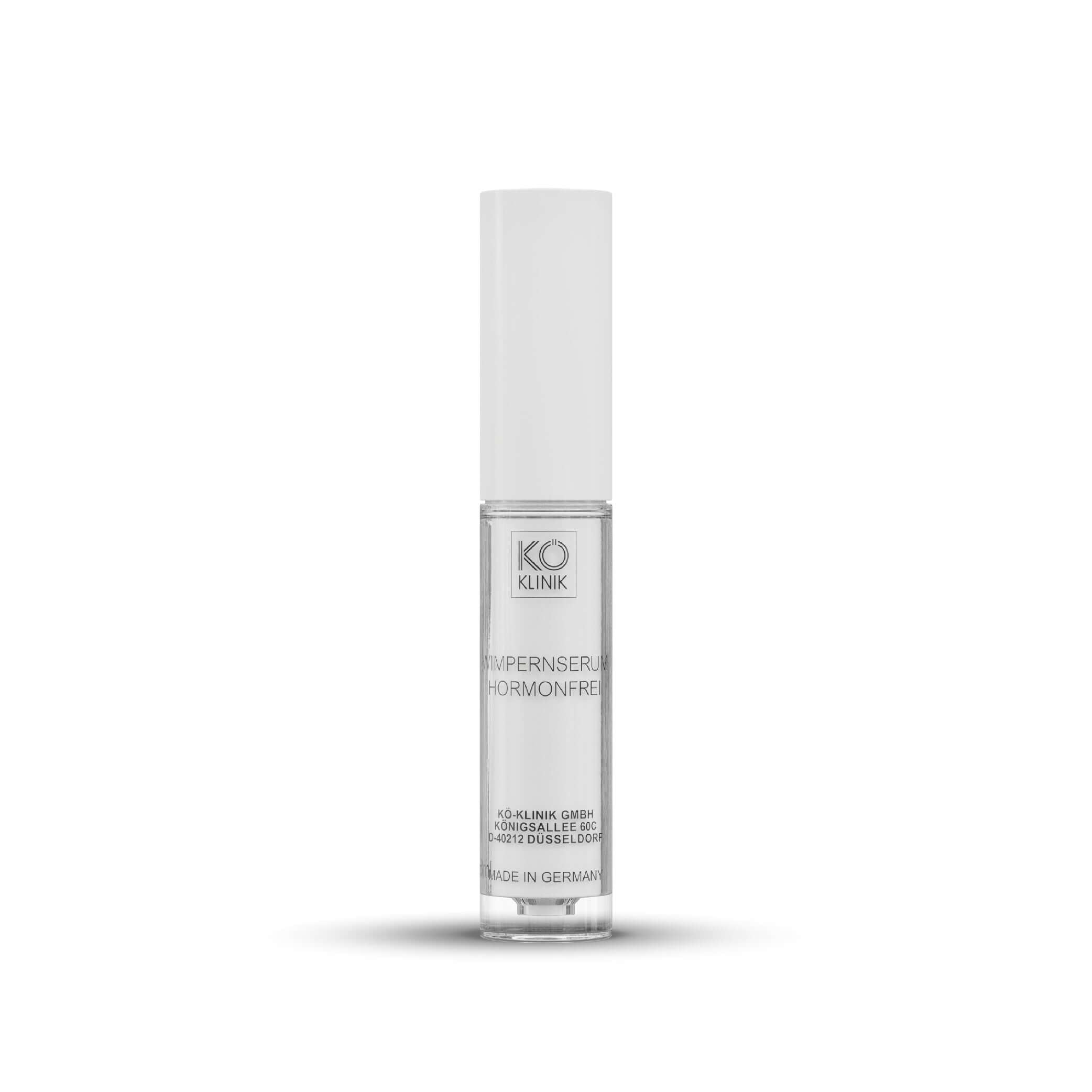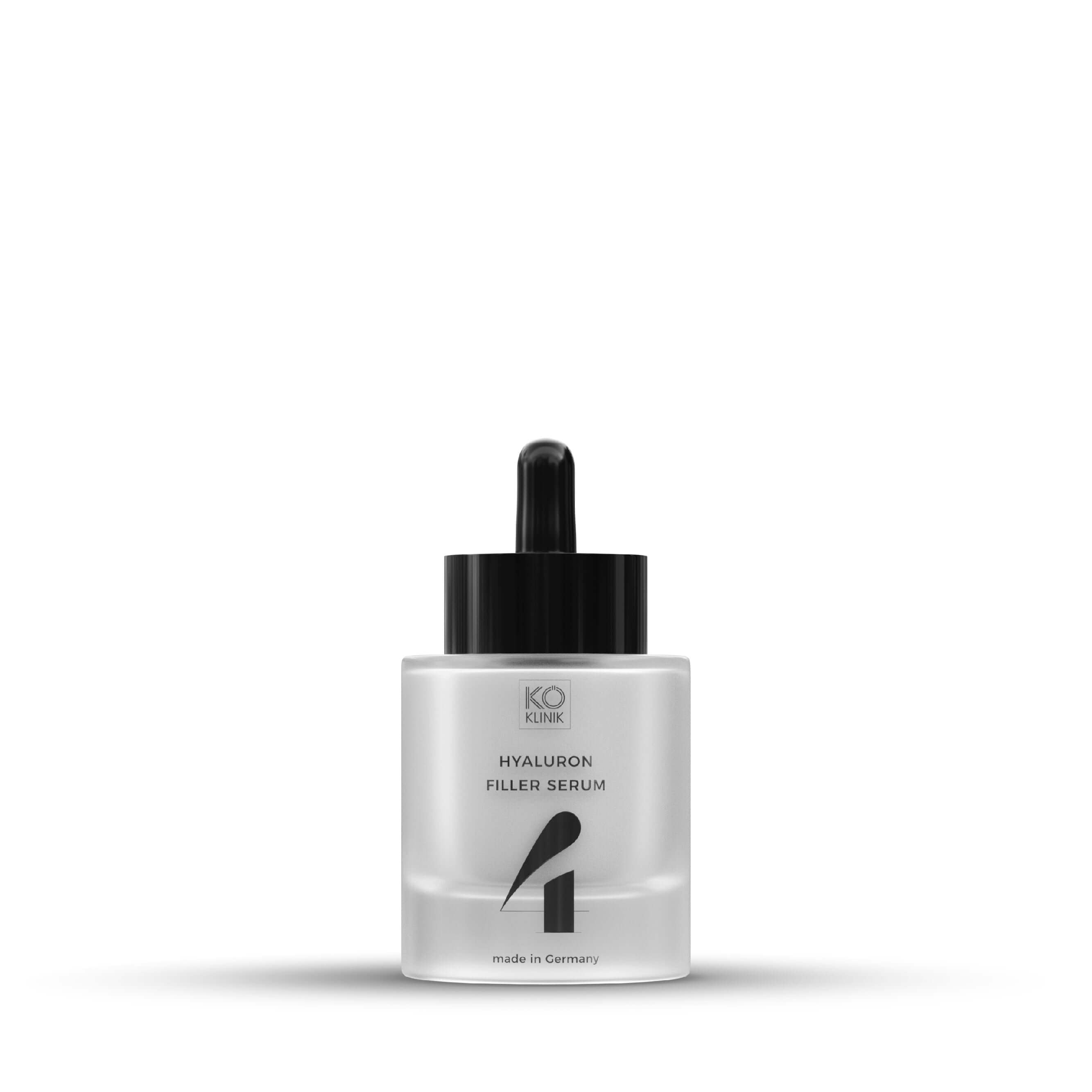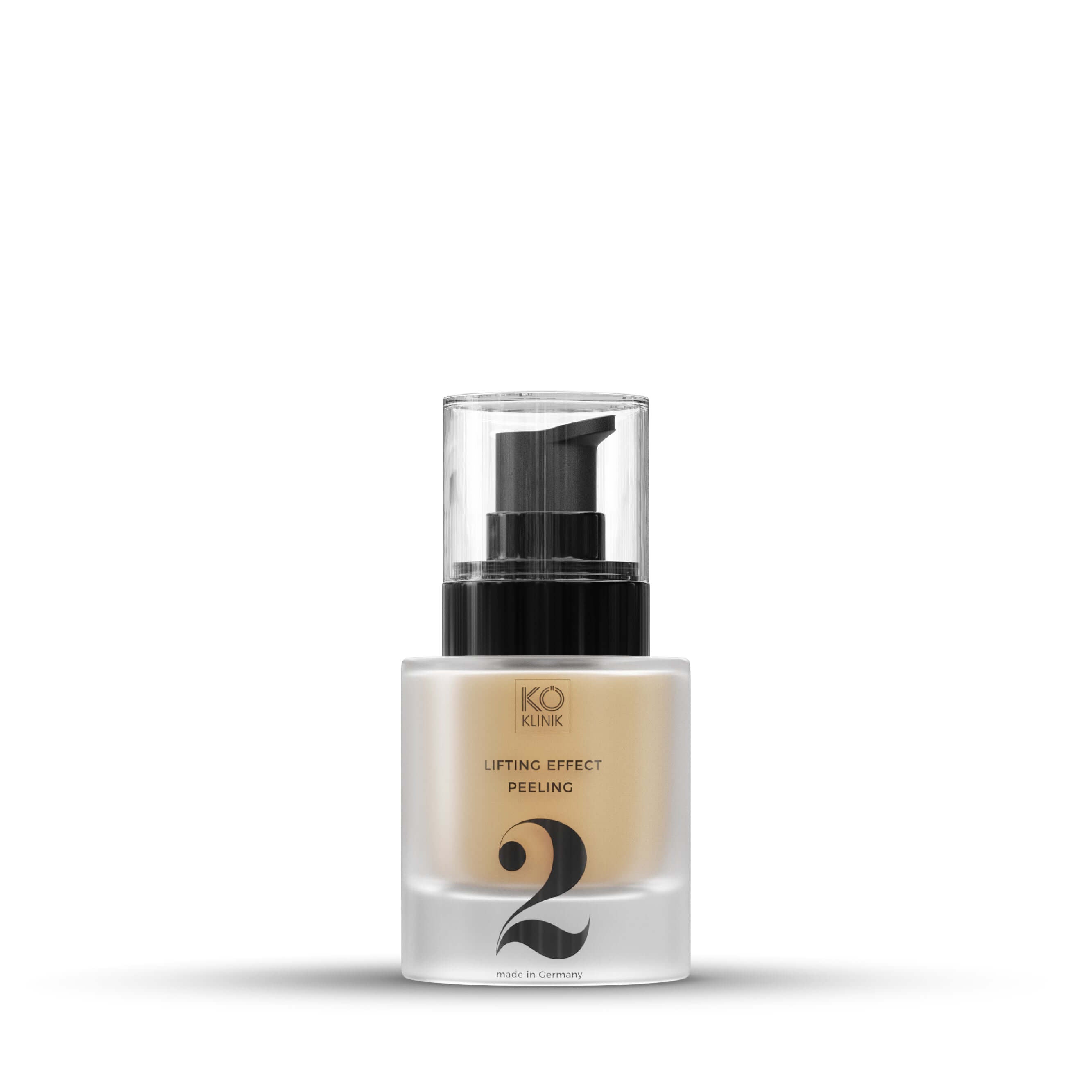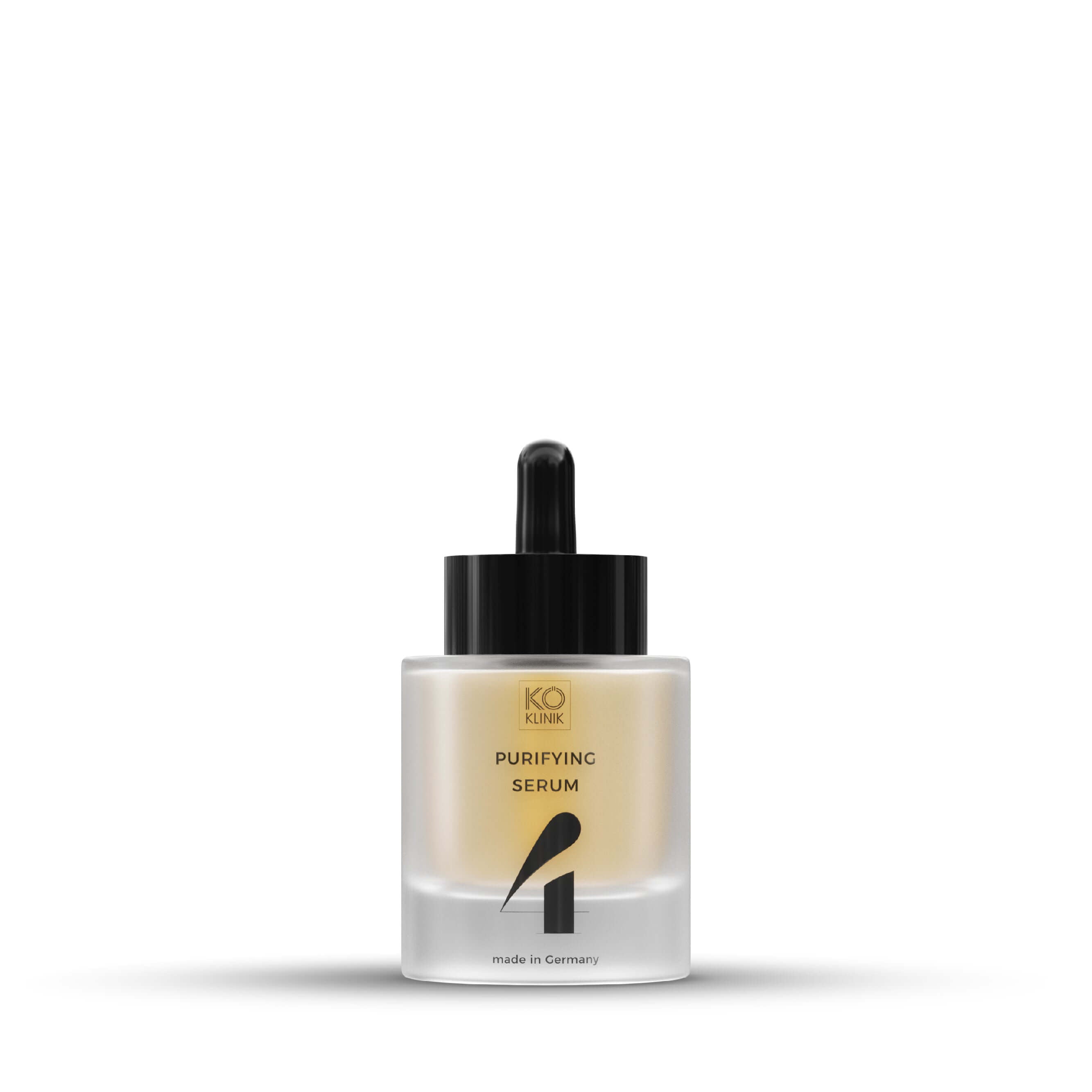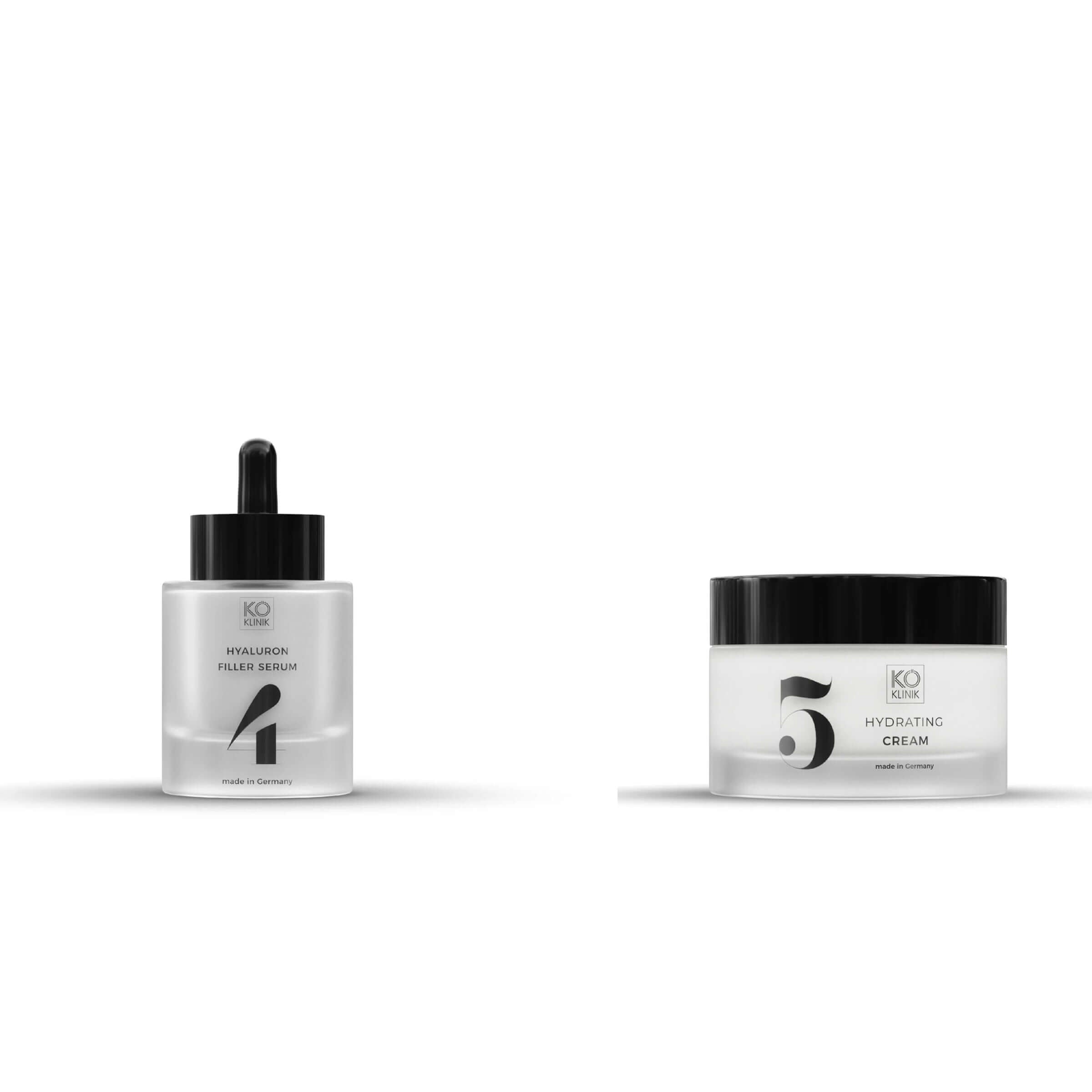Salicylic acid: Effective ingredient against skin imperfections
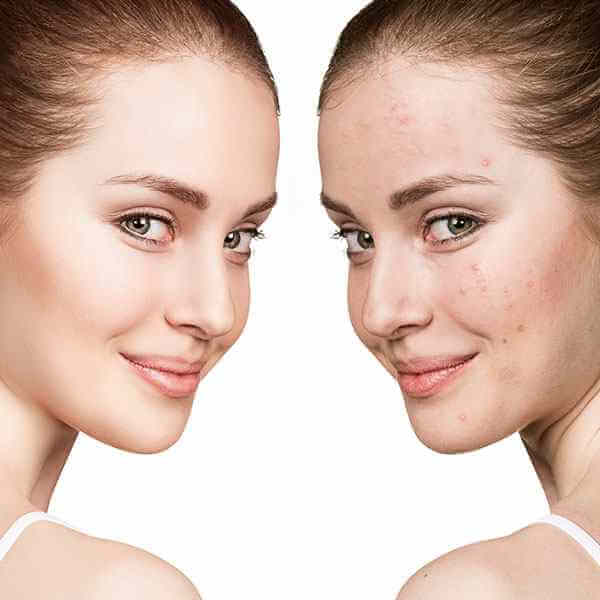
Salicylic acid is a phytohormone that is found in many plants but is produced synthetically for cosmetic production. As a plant substance, it contributes significantly to the defense against bacterial infections. No wonder that it is also good for the skin, especially for combination skin, oily skin and impure skin.
How does salicylic acid work?
Our skin is subject to a constant regeneration process in which it sheds dead skin cells and thus completely renews itself in a regular cycle. With impure skin, this process does not work properly and the old skin cells are not completely removed. Instead, they clog pores, which in turn become inflamed and become pimples. This is not just a problem for adolescents during puberty, adults also often suffer from it.
This is exactly where salicylic acid comes into play, as it stimulates the skin's regeneration process. It penetrates deep into the skin, removes old calluses and dead skin cells and ensures that excess sebum can flow freely out of the pores. It also soothes the skin and reduces redness. And as a nice side effect, salicylic acid is also a great anti-aging because it activates natural cell renewal and makes the skin look plumper, younger and fresher.
Does salicylic acid have side effects?
If you switch to facial care with salicylic acid, it can happen that the skin condition initially gets worse. This is a normal process and there is no reason to panic. The skin first has to get used to the new treatment and this can take 6 to 8 weeks. But the wait is worth it, because with regular use of salicylic acid, the skin's appearance visibly improves and the pimples become significantly fewer. Due to the peeling effect of salicylic acid, a sun protection factor should always be used; SPF 30 or higher is ideal.
Can salicylic acid be used long-term?
In cosmetic products, salicylic acid is dosed so precisely (up to a maximum of 2%) that it is effective and can be used safely over a longer period of time. More concentrated preparations can cause skin irritation, redness or drying out of the skin. Despite the low dosage, cosmetic products containing salicylic acid should not be used on open wounds. If you have severe acne, you should always consult a dermatologist or beautician before use.
Willow bark as an alternative to salicylic acid
Many skin care products now use willow bark extract as a replacement for salicylic acid. Willow bark comes primarily from the K-beauty section, since in Korea skin care with a salicylic acid concentration above 5% is already subject to a prescription. When looking for an alternative that was similarly effective against skin imperfections, we found willow bark extract. Willow bark gently but thoroughly removes excess sebum from the pores. It also makes the skin softer overall, so that sebum and impurities can be better transported out of the pores. This clears the complexion in the long term and reduces skin imperfections.

